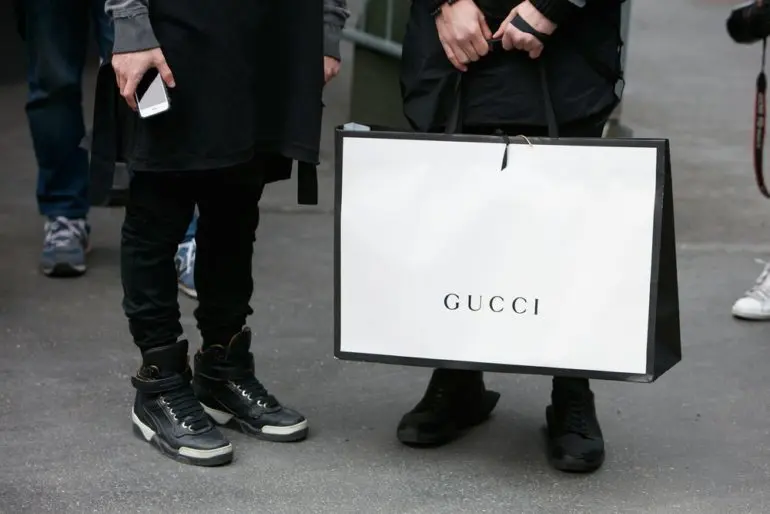Can you guess the company whose chief executive recently said that 30 was the average age of his clientele?
Not a household Silicon Valley brand name cranking out the latest tech product sensation, but Kering – the luxury goods titan which counts Gucci, Yves Saint Laurent, and Balenciaga as among the iconic brands in its stable, City AM reports.
Note that I said “iconic” and not “classic”, as these and other luxury brands have spotted a massive millennial-focused opportunity which is forcing them to rethink their long-standing strategies.
There is a great deal of hype around the customer potential of the millennial (age 25 to 35), and for certain industries, such as luxury, this hype is deserved.
Millennials tend to have lower fixed expenditures on items such as children or housing.
But this cohort also have a desire to use some of the free cash on their appearance – whether in a bid to demonstrate individuality in a society in which we are relentlessly encouraged to “be ourselves”, or simply to be permanently ready to pose in this unavoidable age of the selfie.
Despite being desperately slow in the past with some strategic imperatives (such as digitisation), and pursuing fundamentally flawed business initiatives, some of the smarter maisons have now re-engineered their business models to capitalise on younger customers – who in their eyes wear a virtual halo of dollar signs around their heads.
While much praise for Kering’s astonishing recent sales growth must go to its fresh batch of edgy creative directors, chief executive Francois-Henri Pinault told me last month that the brands’ collection is the linchpin feature of the company’s new business model.
Rather than being completely separate, the collections created by these brands tend to link to one another, he explains, comparing each collection to being like chapters in the same book.
The increasingly peripatetic nature of youthful lives today drives a hankering for some stability through identification with selected concepts and communities.
And herein shows luxury brands’ grasp of another key millennial trend – stickiness once a like-minded community has been found.
By demonstrating continuity from season to season, these brands are able to create a consistent character, culture and image to encourage such loyalty.
This compares drastically to yesteryear’s more “shock-and-awe” approach, where companies would try to drum up new sales by deliberately departing from the previous season’s style.
This is why the stock price potential of certain luxury companies could well outlive the formerly seasonal shelf-life of their collections.
The sector’s share price growth has outpaced the main market so far in 2017 with stocks such as Louis Vuitton returning 22.6 per cent for the year-to-date, while Richemont has returned 26.8 per cent, and Kering has scooped up an impressive 43.3 per cent, having already made substantial gains.
Balancing the opposing forces of heritage and innovation, as well as creative and commercial tensions, is not simple in an industry that is renowned for having an easily-bruised ego.
Not every luxury company will therefore succeed, but the opportunity is there for those who put the right foot forward.


